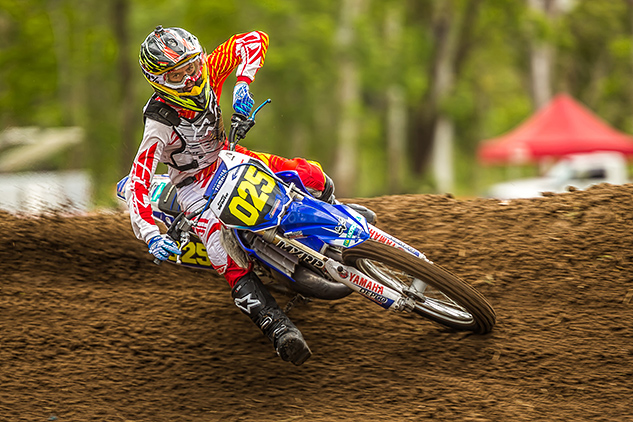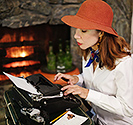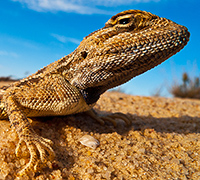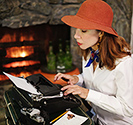Shooting tips from the Egyptian wilderness with Dr. O!
posted Saturday, November 7, 2015 at 8:48 AM EDT
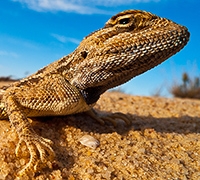
By IR Reader Omar Attum
I have learned numerous lessons about gear as a result of publishing a book and calendar from my photographic work that spans 13 years. Photographic technology, camera size, and my photographic ability have changed tremendously over that time. The numbers do not lie: Over 50 percent of the photographs (6/13) used in my calendar, Sinai, are from high end, point and shoot cameras, while the rest are from mirrorless and slide film cameras. Point and shoot cameras photographed roughly twenty percent and mirrorless cameras almost 50 percent of the photographs from my new book, Sinai: Landscape and Nature in Egypt's Wilderness.
Here are a few of the lessons I've learned through the process...
Know your old camera, before upgrading to a newer camera
I started off by using film SLR camera bodies, the Canon EOS Elan and EOS 3 with Fuji Velvia slide film to photograph Sinai. Learning composition and exposure when shooting slide film was both challenging and a blessing, molding my approach to photography. My first lesson learned was know your old camera, before upgrading to a newer camera. Shooting with slide film was challenging because I often did not know how the photographs turned out, until maybe months after the photograph was taken. However, once the slides were developed, I would spend hours and days poring over the light table to examine how each photograph turned out, comparing my notes of camera settings and lighting conditions. Soon, I learned enough from experience that I could predict how my photographs would turn out before they were developed based on the type of slide film used, lighting, exposure settings, and lens.
When I switched over to digital photography, like many newbies, I found it overwhelming to learn all of the processing techniques using software for post-processing. Instead, I felt more comfortable using the camera picture modes and settings to set saturation, contrast, and sharpness of my first DSLR, a Canon 10D. As a result of knowing my camera’s JPEG settings, I actually spent little time post-processing images on a computer, because I usually learned how the different camera settings like saturation, contrast, and sharpness could be adjusted to create the mood of a photograph. There is a learning curve with each new camera, including point and shoots, to understand the different aspects of the camera’s image processing.
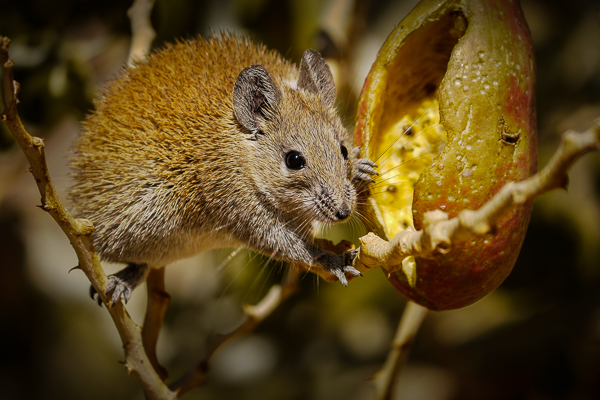
Invest in lenses, not bodies
All the photographs in my book and calendar were taken with camera bodies that have been discontinued and can be purchased used for less than $200. Image quality has reached a threshold, were the majority of today’s cameras, including some compact, point and shoots, can produce reasonable image quality. Sure, there were times that I wished I that my photographs from the smaller sensors of my point and shoot cameras had less noise and more dynamic range, but these limitations never prevented me from using those photographs in my book or calendar. All of my lenses from my film, early DSLR, and micro 4/3 cameras held their financial value and continued to produce high quality photographs on my newer digital bodies.
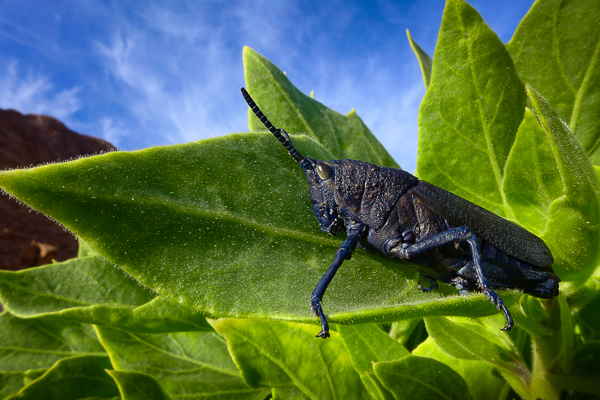
Develop a style
Mobility was the key to the making of the book and calendar, photographing landscapes in remote and hard to reach areas. Some of the best photographs were taken while backpacking on trips as long as 170 km, camping, or during long hikes in tough weather. These trips often pushed me physically. There were times that I settled, too tired to scramble up a hill from carrying SLR sized camera bodies and lenses all day. After my few initial trips, I knew I had to downsize in equipment. I immediately switched over to micro 4/3 cameras, initially a Panasonic GH1 and then an Olympus EPM2. The weight savings in the body and lenses were substantial and this system represents for me, the best compromise between size and image quality.
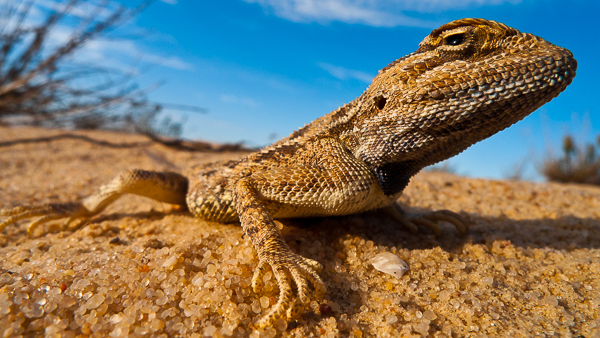
The best camera is the camera that is always with you
There were times that I wanted even a lighter camera and started using the high-end point and shoot cameras such as the Panasonic LX series (1, 3, 5, and 7). The ability to be ultra-mobile allowed me to create some of the more unique photographs in the book and calendar. After a long days hike, I still had the energy to change my angles by getting low on the ground, climbing on boulders, or holding the camera with one hand and away from my face to photograph animals that may bite. A bite or sting on the finger hurts much less than on your face.
Mobility is also important as the best photographic lighting may only last a few seconds. most dramatic lighting from the first or last rays of light, the beams that fight their way through thick clouds, that poke between two mountain peaks or into a canyon is often fleeting. These surprises, ephemeral opportunities during a hike, were not not going to wait for me to unzip my backpack and load my tripod. The point and shoot that was in my pocket was the most accessible camera and the tool most often used to immortalize the moment.
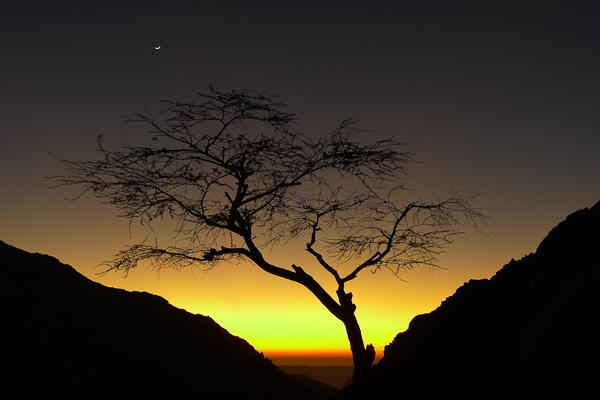
Omar Attum is a wildlife biologist and associate professor at Indiana University Southeast, and also a freelance photographer and writer whose credits include National Geographic magazine, The Courier Journal, Outdoor Photographer, Popular Photography, Shutterbug, Egypt Today, and The Jordan Times, to name a few. He is also a recipient of a Blue Earth Alliance Photography fellowship.
For more information about Omar Attum or his new book and calendar, Sinai: Landscape and Nature in Egypt’s Wilderness, visit doctorOphotography.com.
• • •
Reader Stories is a new column on our site, a platform for our readers
to share images and ideas with our community. It's a great way to share your creativity and passion with your fellow photographers out there! If you'd like to submit a story of your own, please visit this news story for more information on how to submit an entry. We look forward to hearing from you!
